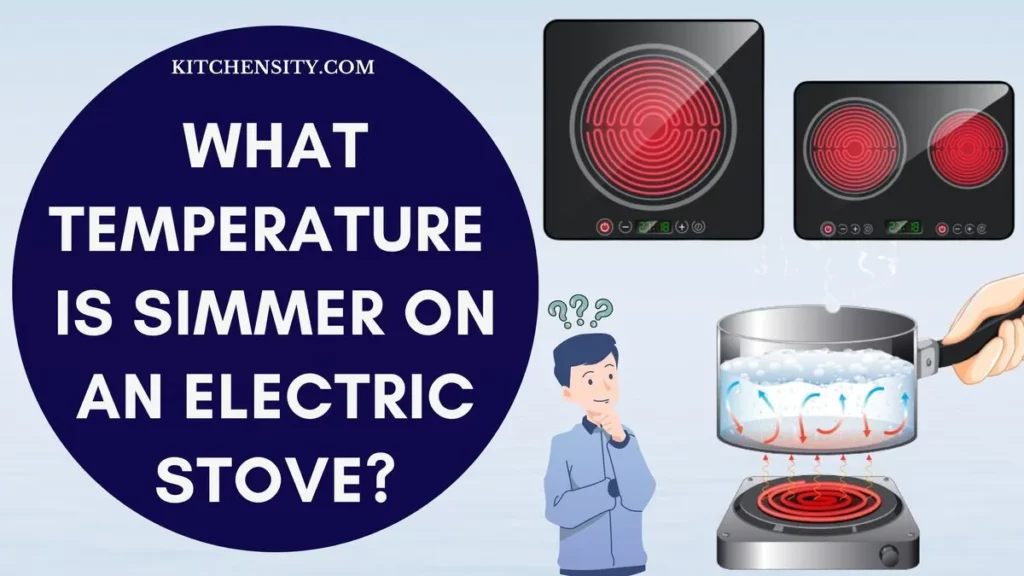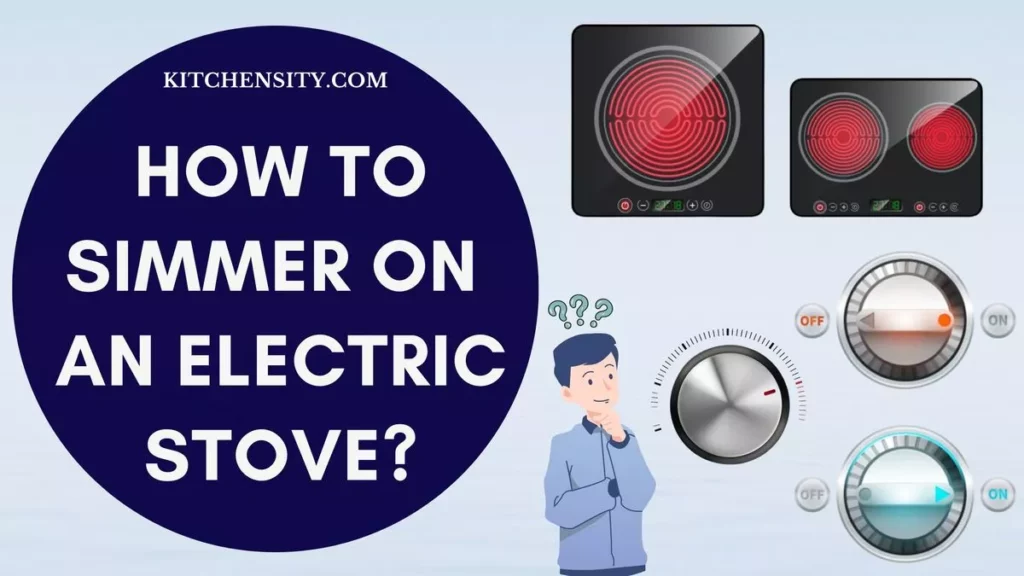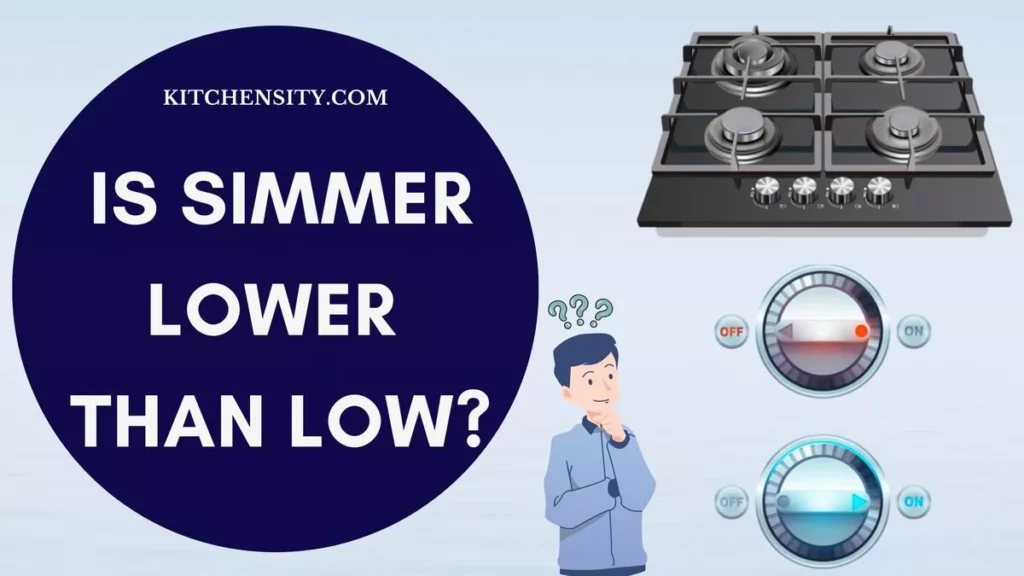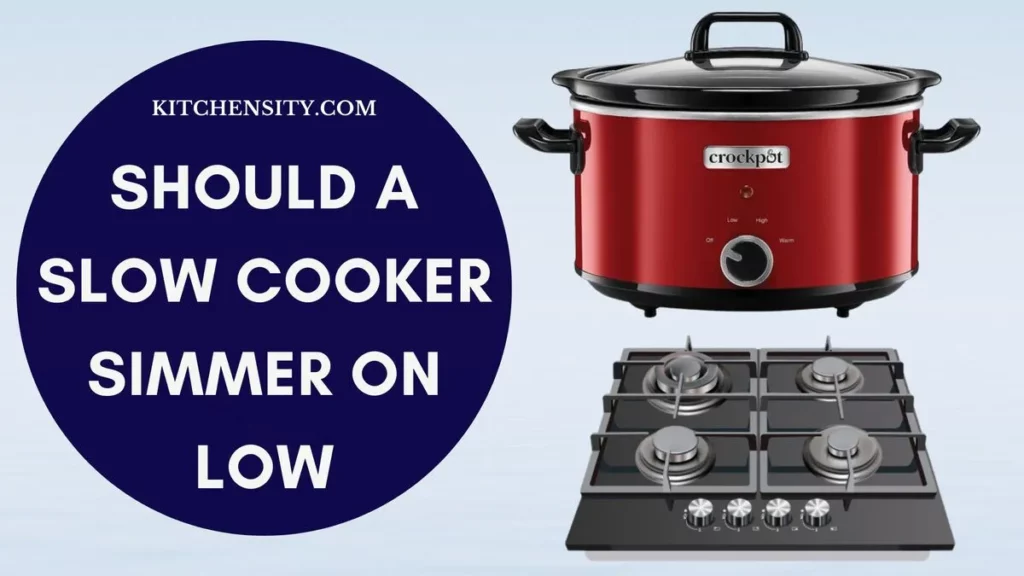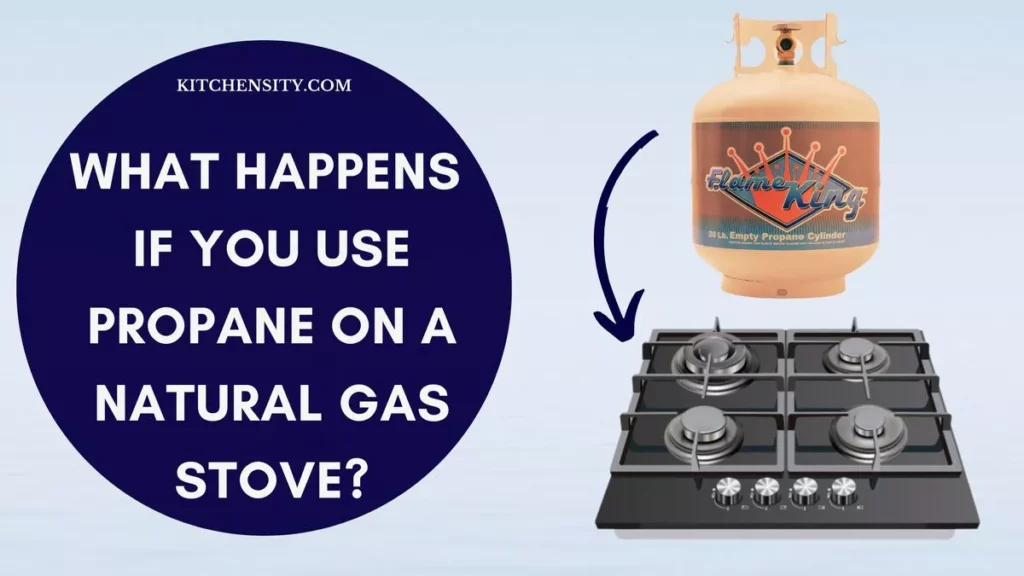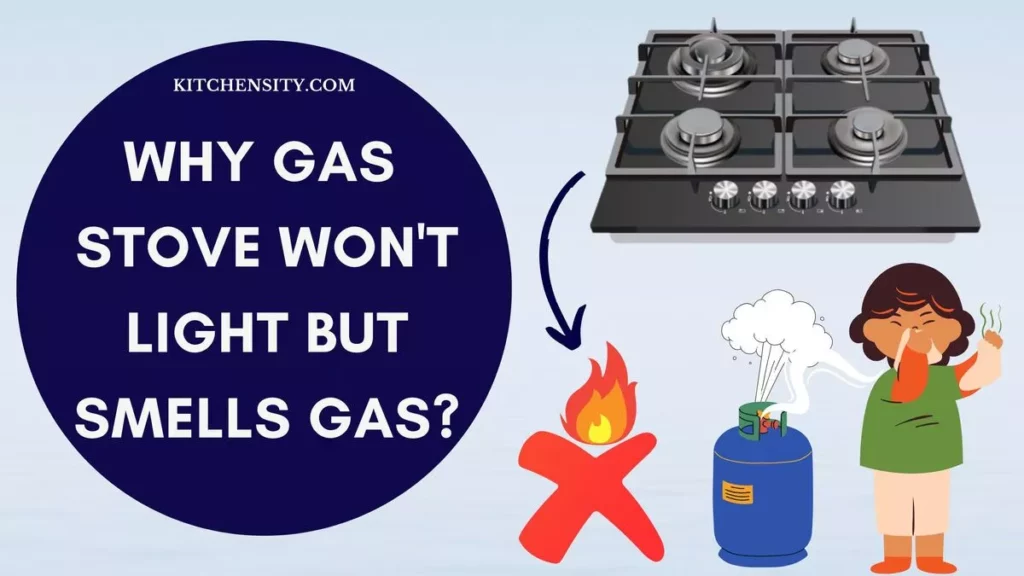“Medium heat” on a stove isn’t a precise setting; it’s a range of settings that can differ based on the stove and pan. So, what exactly is medium heat on the stove, and how can you tell when you’ve reached it?
Medium heat on a stove typically falls between 300 to 375 degrees Fahrenheit (150 to 190 degrees Celsius). The exact number on the stove dial may vary, but it often aligns with a setting of around 4 to 5 on a scale of 1 to 9. It’s a moderate heat level suitable for a wide range of cooking techniques.
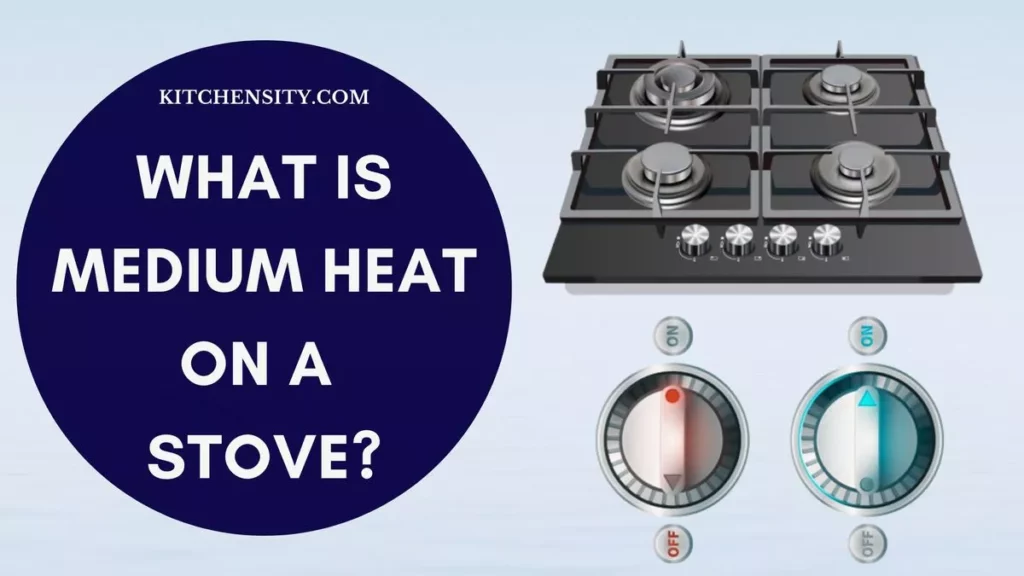
Table of Contents
- 1 What Is A Medium Heat?
- 2 What Are The Different Types Of Heat Levels?
- 3 What Is Medium Heat On A Stove 1-9?
- 4 What Number Is Medium-High Heat On A Stove?
- 5 What Are The Benefits Of Cooking With Medium Heat?
- 6 Tips For Achieving Success In Cooking With Medium Heat.
- 7 Final Thoughts On Medium Heat On A Stove.
- 8 Frequently Asked Questions (FAQs).
- 8.1 Can I Use Medium Heat For Deep-Frying?
- 8.2 What Is Medium Heat On A Stove 1-8?
- 8.3 Is Medium Heat The Same On All Stoves?
- 8.4 Can I Use Medium Heat For Reheating Leftovers?
- 8.5 What’s The Difference Between Medium-Low And Medium-High Heat?
- 8.6 How Can I Tell If My Stove Is At Medium Heat Without A Thermometer?
- 8.7 Are There Any Foods I Should Avoid Cooking On Medium Heat?
- 8.8 Can I Use Medium Heat For Baking?
What Is A Medium Heat?
Medium heat on a stove typically refers to a moderate level of heat that is lower than high heat but higher than low heat. It’s often used for cooking foods that require gentle cooking or for browning foods without burning them. The exact temperature can vary depending on the stove and the type of cookware being used, but it is generally around 300-375°F (150-190°C).
Here are some key points to understand about medium heat:
- Medium heat generally falls within the range of 300 to 375 degrees Fahrenheit (150 to 190 degrees Celsius). This range is versatile and suitable for a wide variety of cooking techniques.
- To achieve medium heat, it’s important to preheat your cooking surface properly. Whether you’re using a gas or electric stove, give it some time to reach and stabilize at the desired temperature before adding your ingredients.
- If you have a gas stove, achieving medium heat is often as simple as turning the dial to a position that’s roughly in the middle of the low and high settings, which is usually around the 4 or 5 mark.
- Electric stoves may be a bit trickier to control precisely. Start by setting the dial to the medium position and adjust it as needed. Keep in mind that electric stoves may take longer to heat up and cool down compared to gas stoves.
Also Read – Is Simmer Lower Than Low?
What Is The Importance Of Medium Heat?
Medium heat is crucial in cooking as it allows for even cooking and flavor development without the risk of burning. It provides better control over the cooking process, helping to maintain the texture of food. Medium heat is particularly important when sautéing or searing, as it allows food to cook through without becoming too tough or mushy.
So, medium heat is crucial for achieving well-cooked, flavorful dishes with the right texture and without the risk of burning.
Also Read – How To Simmer On An Electric Stove?
How Hot Is Medium Heat On A Stove?
Medium heat on a stove is like the warmth of a gentle summer breeze – not too hot, but enough to comfortably cook your food through without scorching it. It generally ranges from 300-375°F (150-190°C), but the exact temperature can vary depending on the stove and cookware. To measure medium heat on a stove, rely on your senses! Listen for a gentle sizzle and keep an eye on your food’s appearance – look for a light browning or simmering without vigorous bubbling. Trust your culinary instincts!
What Are The Different Types Of Heat Levels?
In cooking, several heat levels are commonly used, they are:
- Low Heat: This is a gentle heat setting used for simmering, keeping food warm, or slowly cooking delicate foods.
- Medium-Low Heat: Slightly higher than low heat, medium-low is used for gentle cooking, such as sautéing onions or garlic without browning them.
- Medium Heat: As discussed earlier, medium heat is moderate and is used for most cooking tasks, including browning, sautéing, and simmering.
- Medium-High Heat: This is a higher heat level used for searing meats, stir-frying, or quickly cooking foods.
- High Heat: The highest heat setting, used for tasks that require rapid cooking or browning, such as searing steaks or stir-frying vegetables.
Also Read – What Temperature Is Simmer On An Electric Stove?
What Is Medium Heat On A Stove 1-9?
The heat level of a stove varies depending on the stovetop, but on a scale of 1 to 9, medium heat is usually around 4 to 6. But, it is important to note that this is just a general guideline and the actual heat level may vary depending on the stovetop and the pan being used. It is always best to start with a lower heat setting and adjust it as needed.
Here are some tips for determining the medium heat setting on your stove:
- Pay attention to the flame. A medium flame should be blue and steady, not too high or too low.
- Use a kitchen thermometer to check the temperature of the pan. This can help you to ensure that the food is cooking at the correct temperature.
- Be patient. It takes time for food to cook properly, so don’t rush the process.
- With practice, you will get a better understanding of how to use the different heat levels on your stove.
Here is a table of the different heat levels on a stove from 1 to 9, along with their corresponding temperatures:
| Heat Level | Temperature (Fahrenheit) |
| 1 | 200-250 |
| 2 | 250-300 |
| 3 | 300-350 |
| 4 | 350-400 |
| 5 | 400-450 |
| 6 | 450-500 |
| 7 | 500-550 |
| 8 | 550-600 |
| 9 | 600-650 |
What Number Is Medium-High Heat On A Stove?
The number for medium-high heat on a stove can vary depending on the stovetop, but on a scale of 1 to 9, it is usually around 6 to 7. The actual heat level may vary depending on the stovetop and the pan being used.
It is always best to start with a lower heat setting and adjust it as needed. Medium-High is a level of heat that’s higher than medium heat (usually around 6-7) but not as intense as high heat (usually 8 or 9). Keep in mind that stoves can vary, so it’s essential to understand your specific stove’s settings and temperature ranges to achieve precise results in your cooking.
According to CooksIllustrated.com “Cooking on medium heat is a skill that can elevate your dishes. It’s about understanding your stove and cookware to achieve the best results.”
Also Read – What Does Simmer Look Like?
What Are The Benefits Of Cooking With Medium Heat?
Medium heat is an important heat setting in cooking because it allows food to cook evenly and thoroughly without burning. It is also a versatile heat setting that can be used for a variety of cooking tasks, such as frying, sautéing, and boiling.
Here are some of the benefits of cooking with medium heat:
- Medium heat allows food to cook evenly without burning, resulting in better texture and flavor.
- It provides better control over the cooking process, allowing you to adjust the heat as needed.
- Medium heat helps develop flavors in food gradually, enhancing the overall taste of the dish.
- It helps maintain the texture of food, especially when sautéing or searing, by allowing it to cook through without becoming too tough or mushy.
- Cooking on medium heat reduces the risk of burning food, giving you a better chance of achieving a perfectly cooked dish.
Also Read – Should A Slow Cooker Simmer On Low?
Tips For Achieving Success In Cooking With Medium Heat.
Achieving success in cooking with medium heat requires a combination of techniques and knowledge. Whether you’re a beginner or an experienced chef, here are some valuable tips:
- Preheat your pan properly before adding ingredients.
- Use heavy-bottomed pans for better heat distribution.
- Adjust the heat as needed to maintain a steady medium level.
- Be patient; cooking on medium heat may take longer.
- Keep an eye on your food and adjust the heat if necessary.
- Avoid overcrowding the pan.
- Use the right amount of fat.
- Allow food to cook undisturbed to develop a good sear or crust.
- Practice cooking with medium heat to become familiar with how it works.
Final Thoughts On Medium Heat On A Stove.
So, medium heat on a stove is a versatile and essential setting for cooking. With a range typically between 300-375°F (150-190°C), it allows for even cooking, flavor development, and optimal texture in your dishes.
Mastering medium heat is fundamental to becoming a skilled cook. It gives you precise control over the cooking process, reducing the risk of overcooking or burning your dishes. So take the time to understand your stove and cookware to achieve the best results in your culinary creations.
Happy Cooking!
Frequently Asked Questions (FAQs).
-
Can I Use Medium Heat For Deep-Frying?
Medium heat is not suitable for deep-frying as it may result in undercooking or oil absorption. High heat is recommended for deep-frying.
-
What Is Medium Heat On A Stove 1-8?
Medium heat on a stove, typically set between 4 and 5 on a scale of 1 to 8, falls within the temperature range of 300 to 375 degrees Fahrenheit (150 to 190 degrees Celsius).
-
Is Medium Heat The Same On All Stoves?
Medium heat can vary slightly between stoves, so it’s essential to get familiar with your specific appliance for precise cooking.
-
Can I Use Medium Heat For Reheating Leftovers?
Yes, medium heat is ideal for reheating leftovers as it warms them evenly without burning.
-
What’s The Difference Between Medium-Low And Medium-High Heat?
Medium-low is slightly cooler than medium-heat, while medium-high is slightly hotter. Adjust accordingly based on your recipe’s requirements.
-
How Can I Tell If My Stove Is At Medium Heat Without A Thermometer?
You can use the water test: sprinkle a few drops of water onto your heated pan or griddle. If the drops sizzle and evaporate quickly, it’s likely at medium heat.
-
Are There Any Foods I Should Avoid Cooking On Medium Heat?
Extremely delicate ingredients or those that require high heat for searing may not be suitable for medium heat. Always follow your recipe’s instructions.
-
Can I Use Medium Heat For Baking?
Medium heat is typically too high for baking, which requires lower, more consistent temperatures. Stick to the temperature recommendations in your baking recipes for the best results.
Katrina Smith is a seasoned expert with over 25 years of experience in all things related to cooking and the kitchen. As an avid cook and kitchen enthusiast, she is passionate about sharing her knowledge and expertise on cookware, kitchen appliances, kitchen tips, and kitchen staples.
Through her articles and reviews, Katrina aims to inspire and help others improve their cooking skills, experiment with different ingredients, and invest in quality cookware and appliances.

